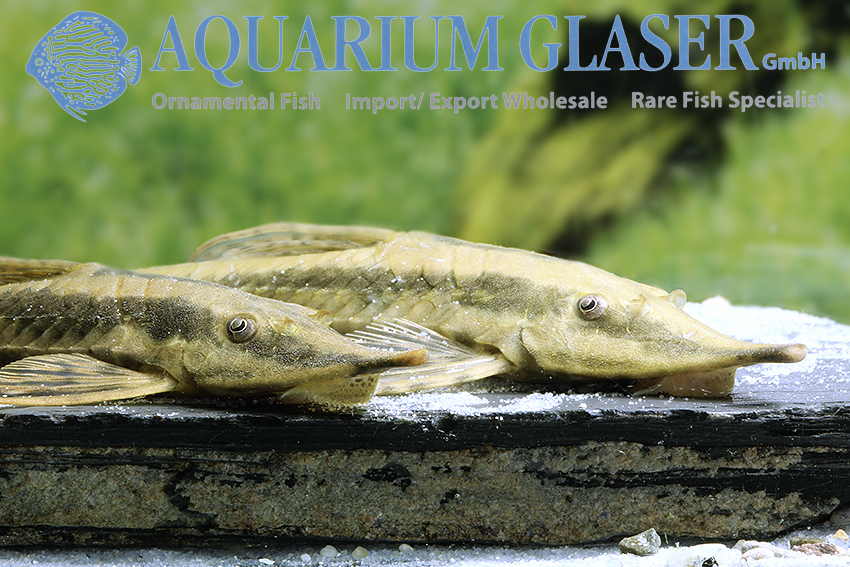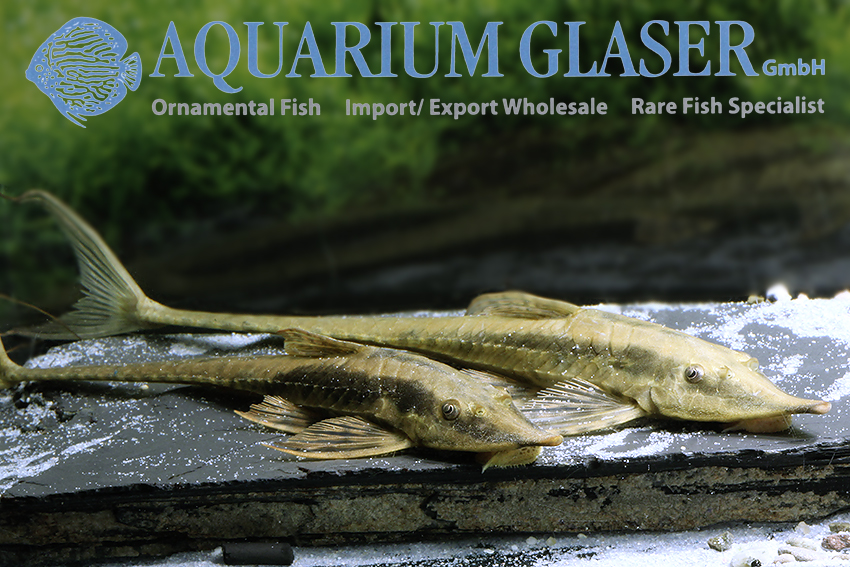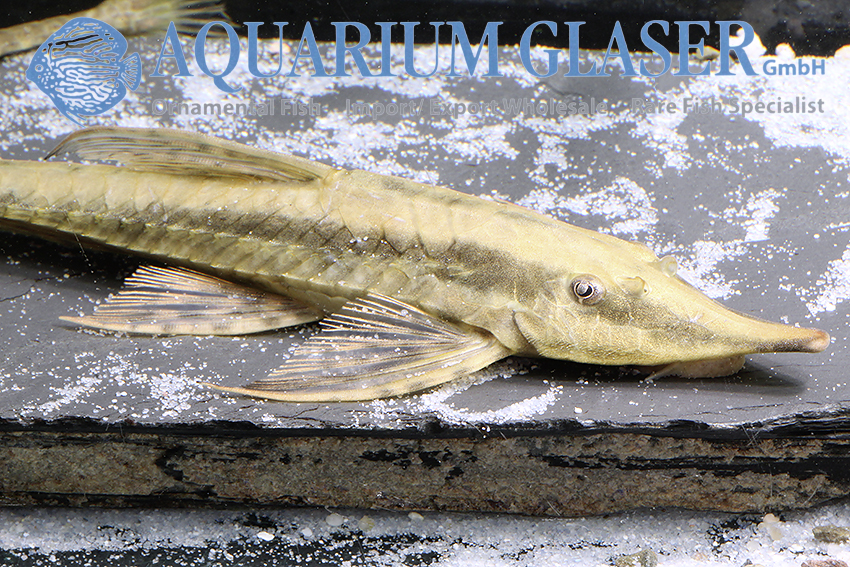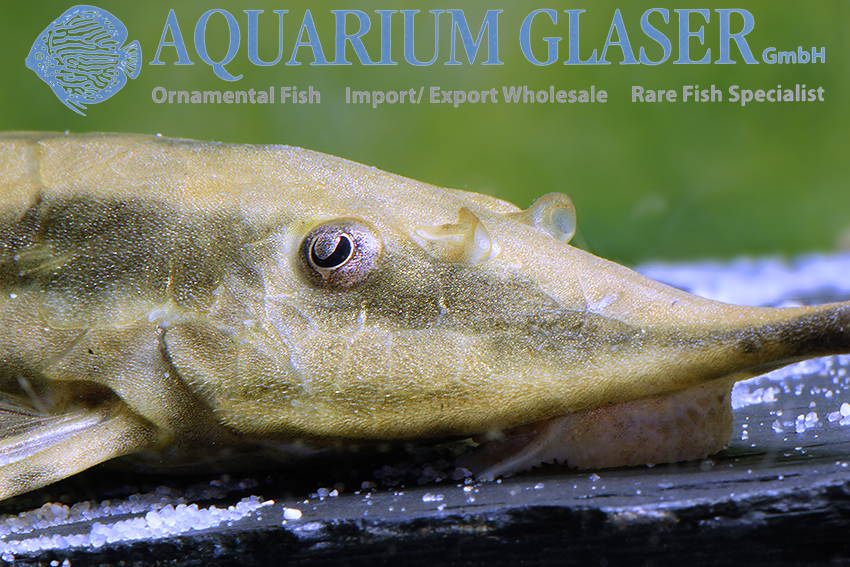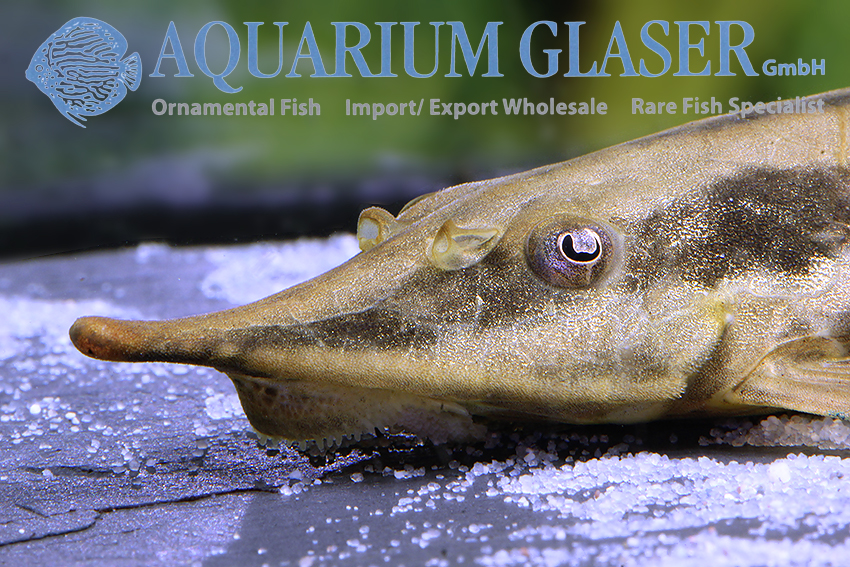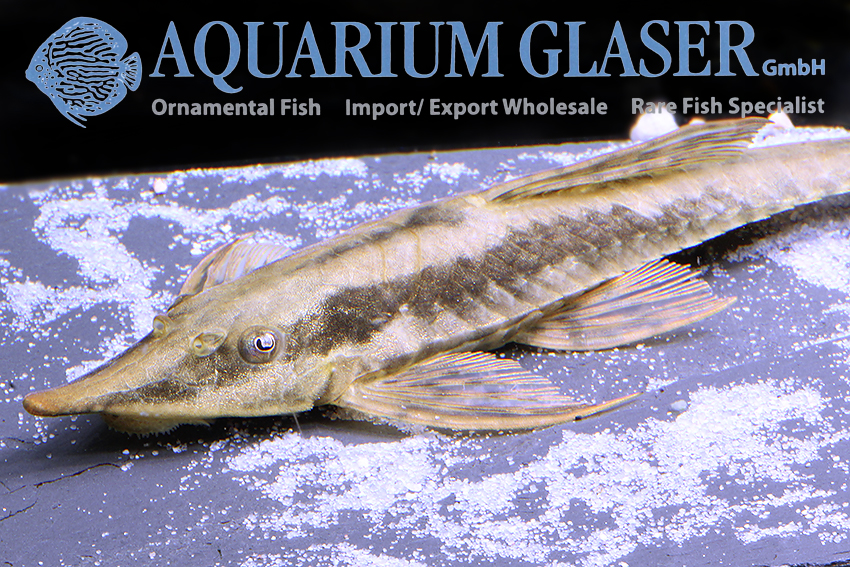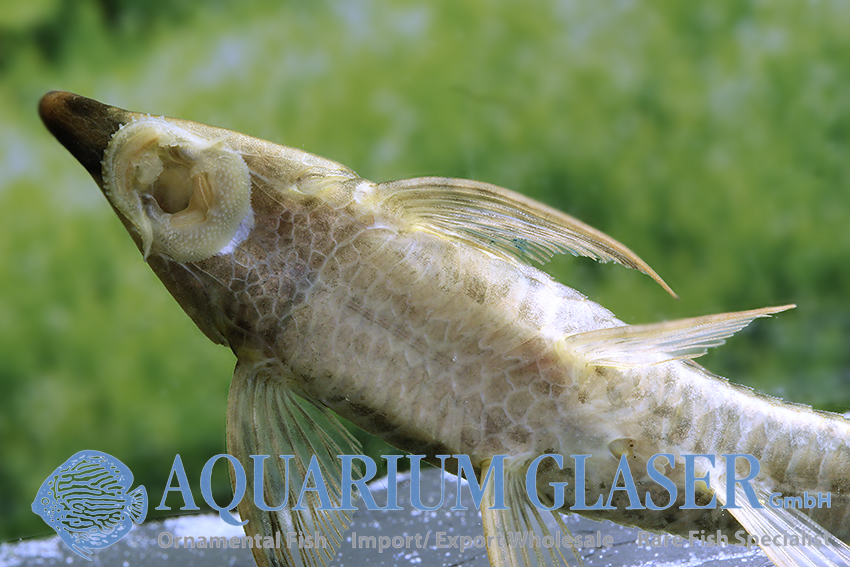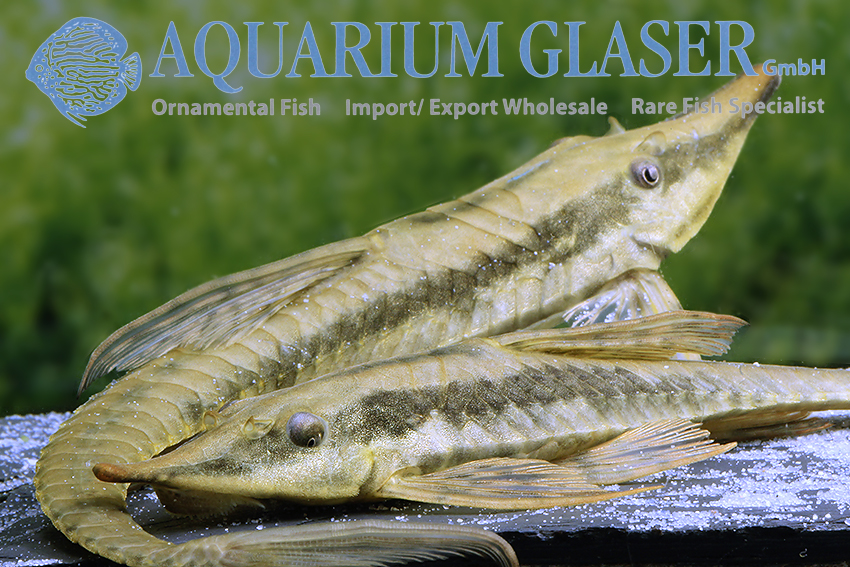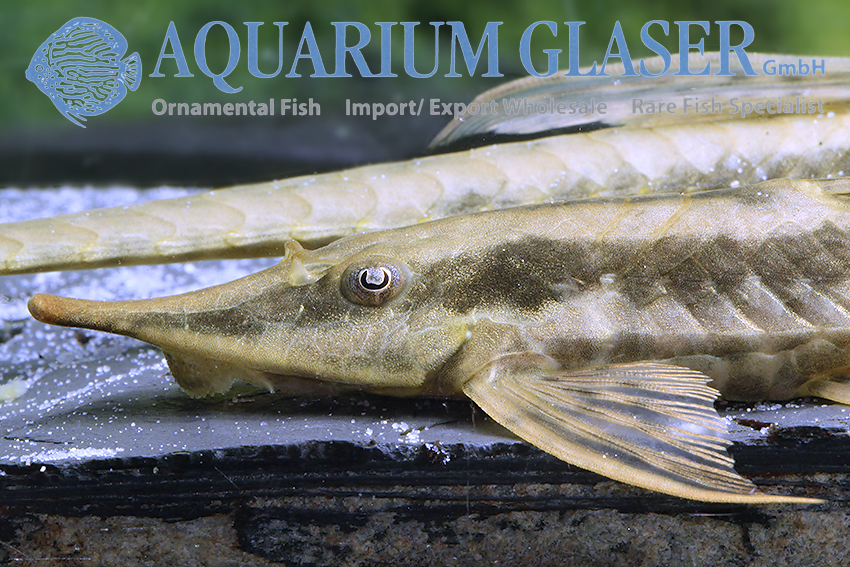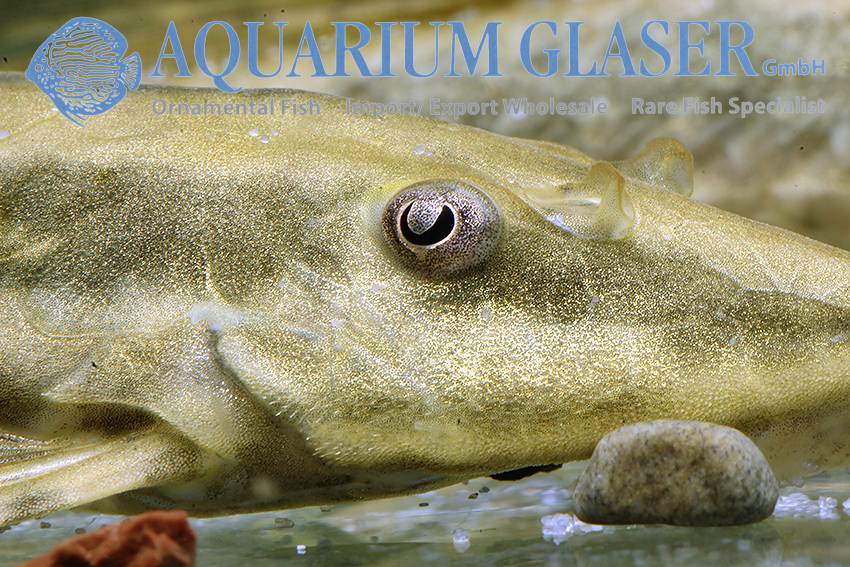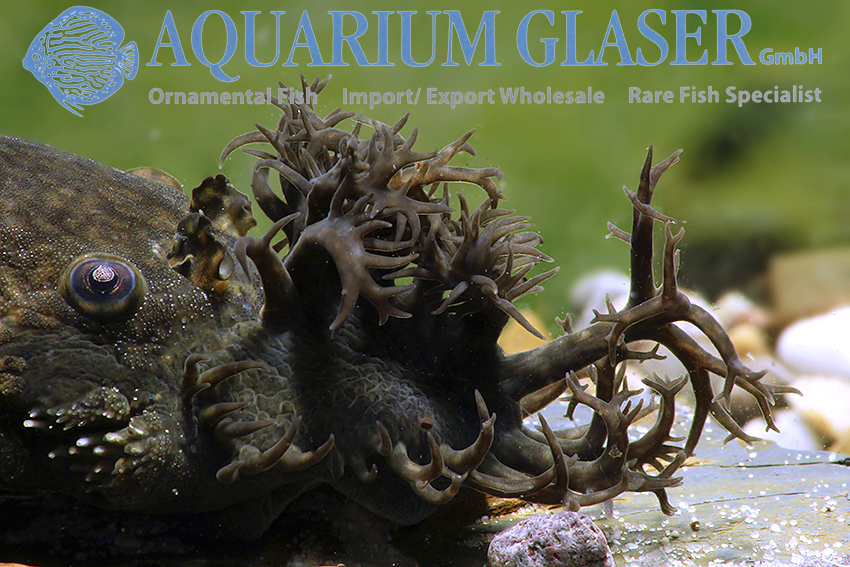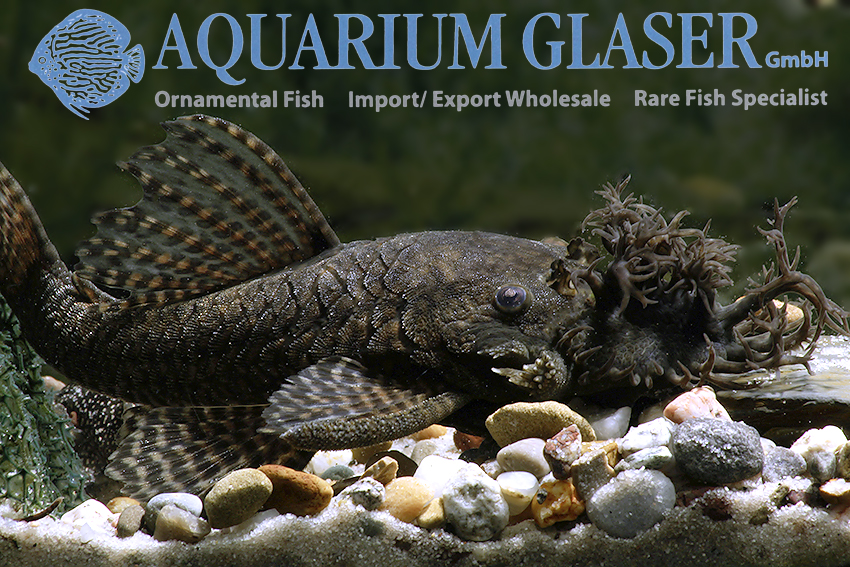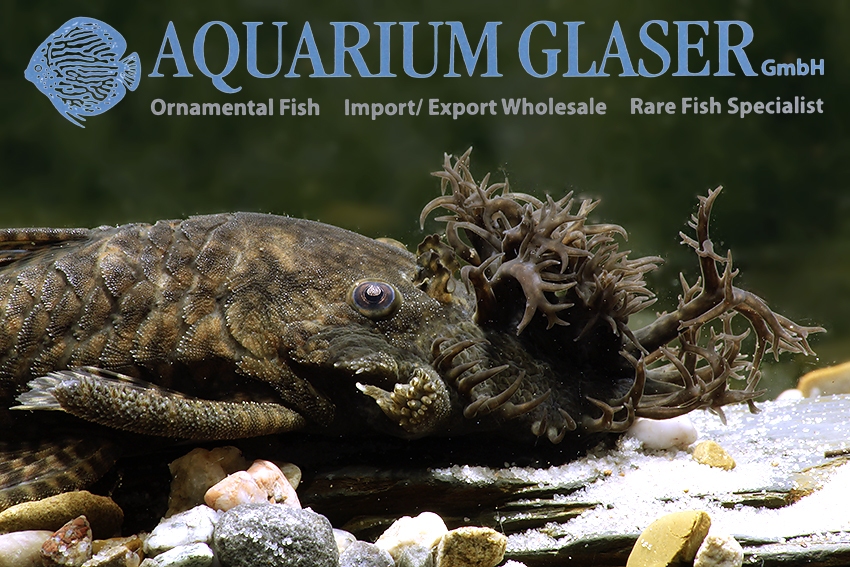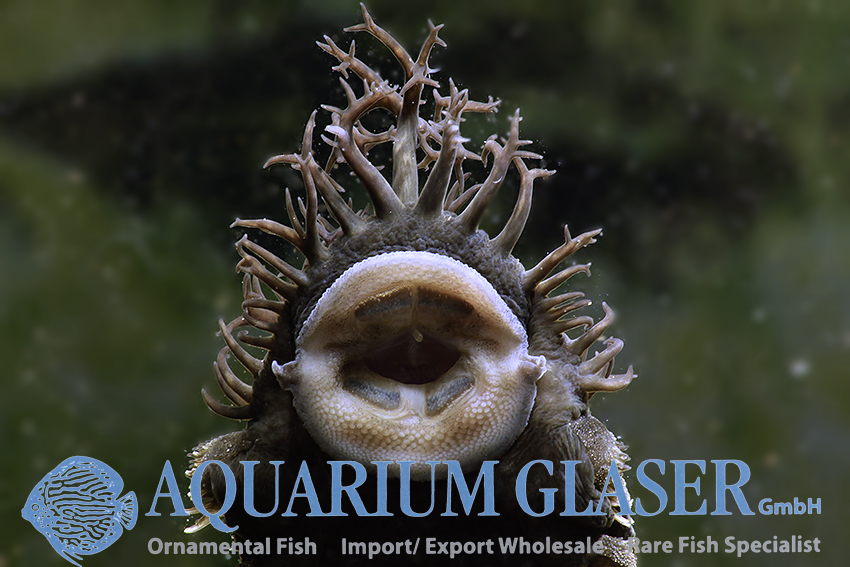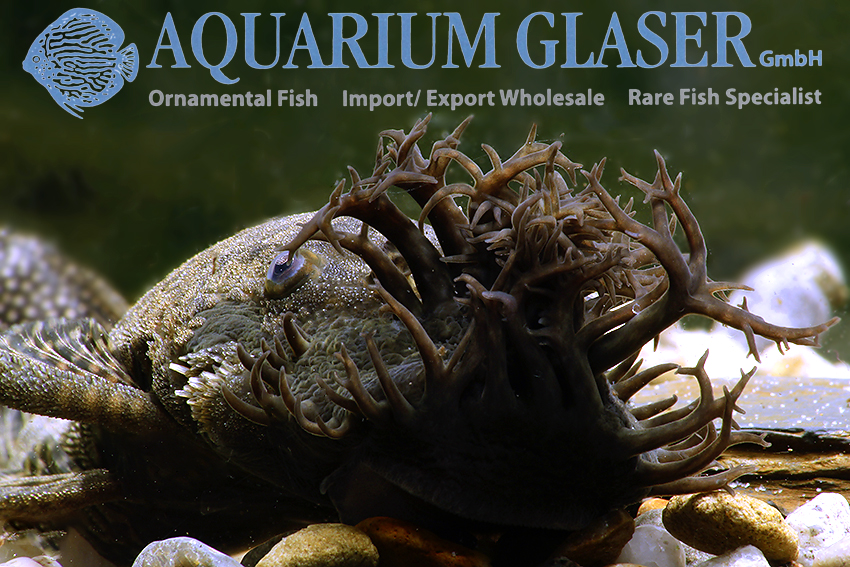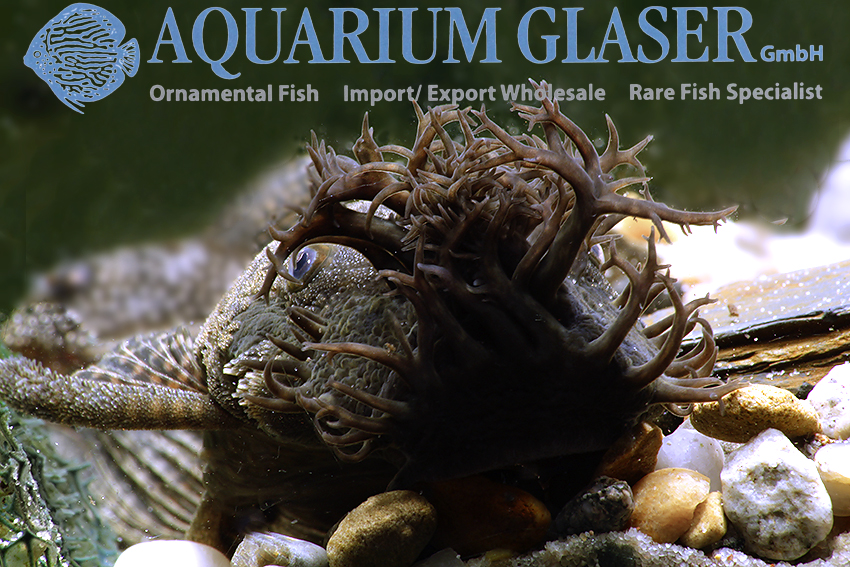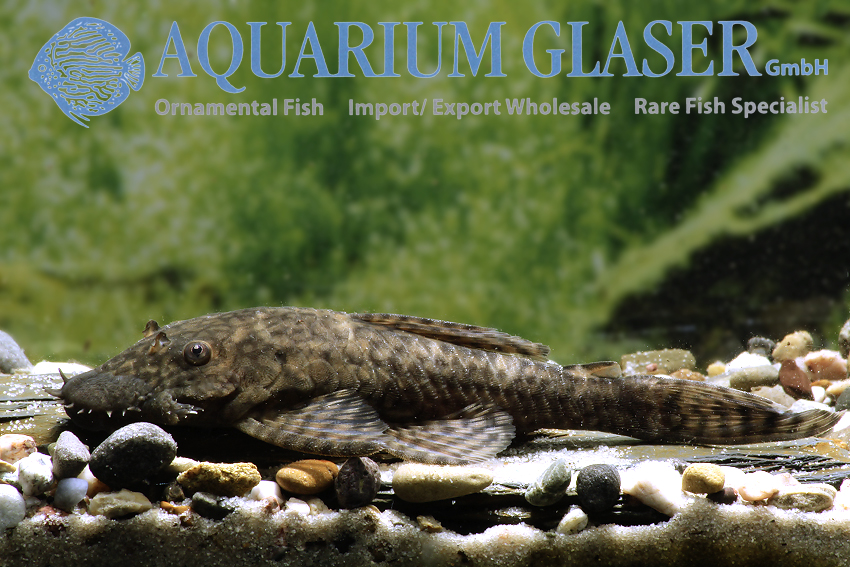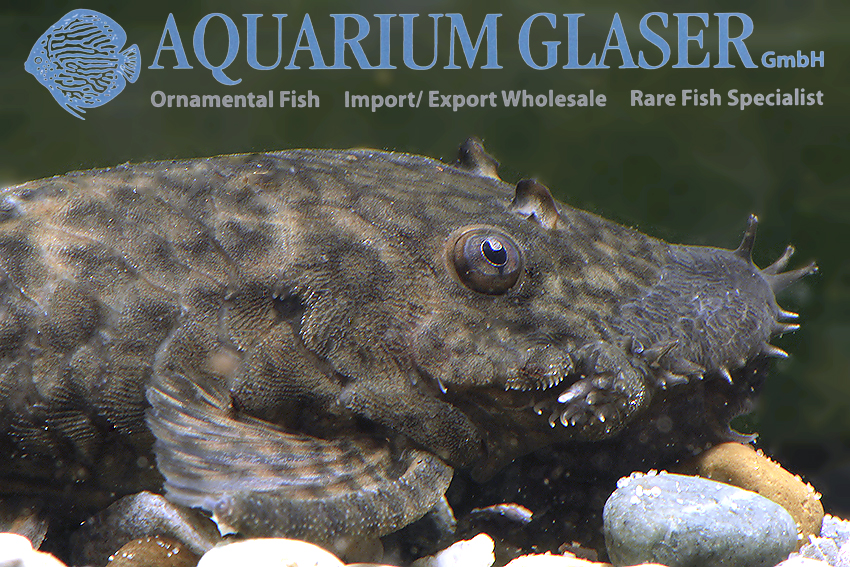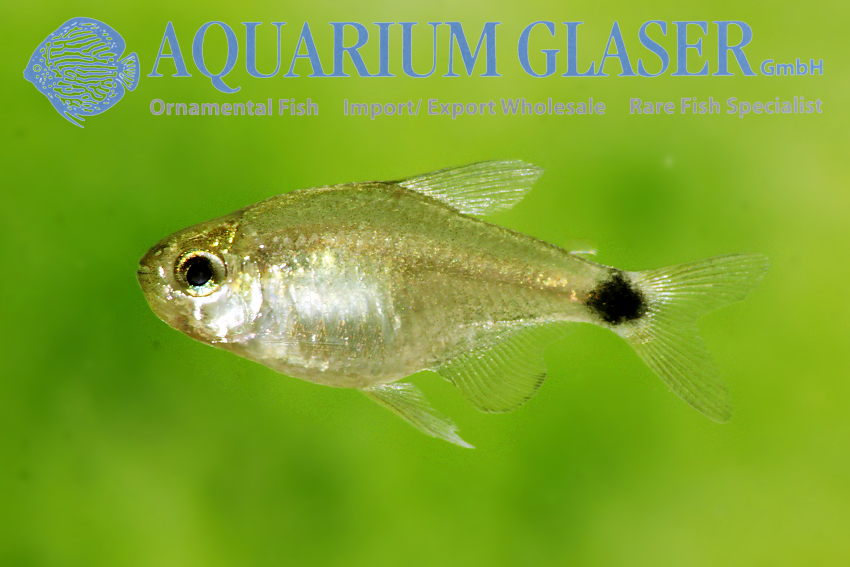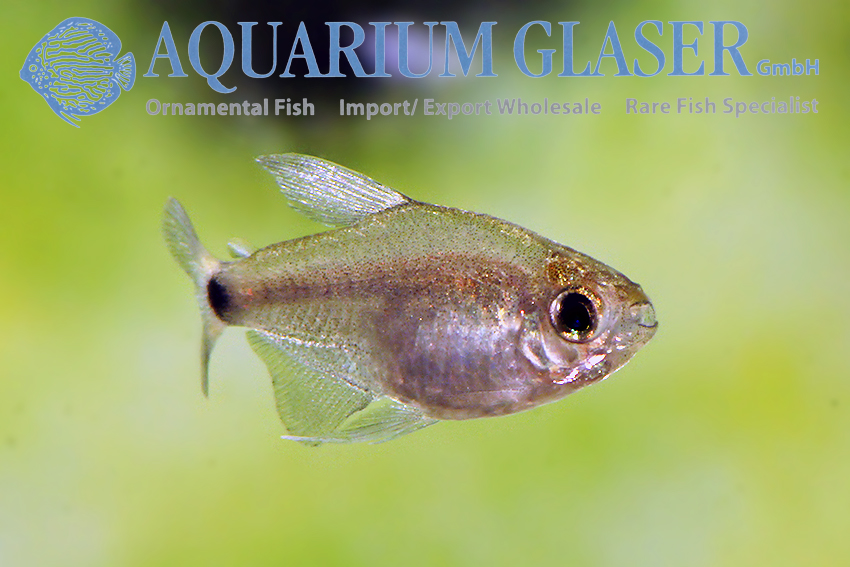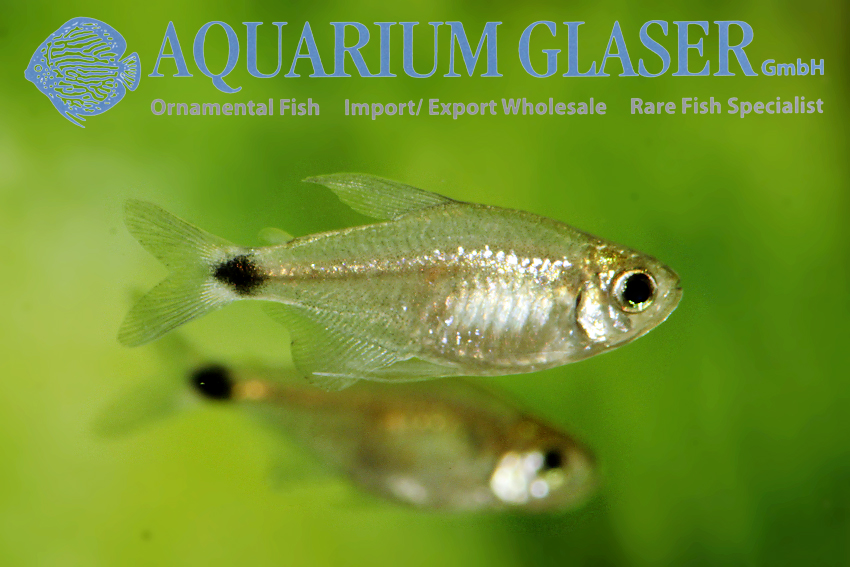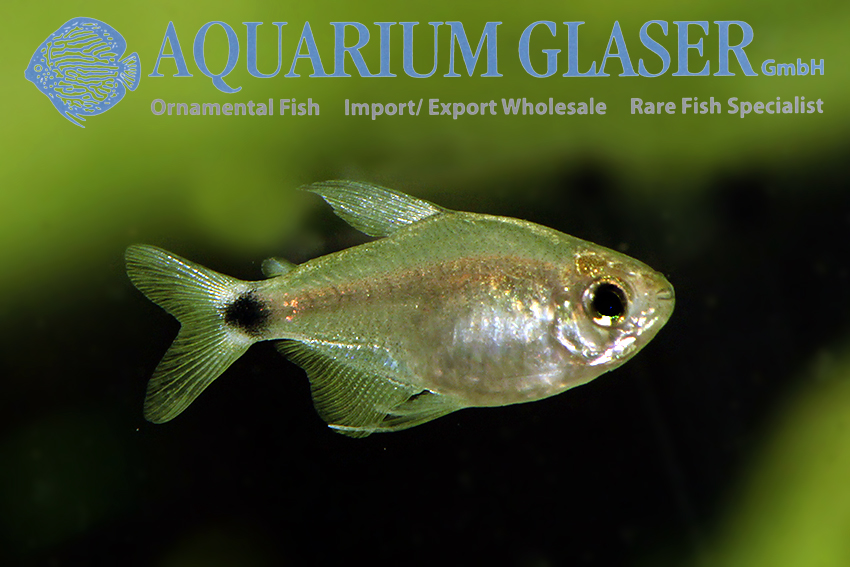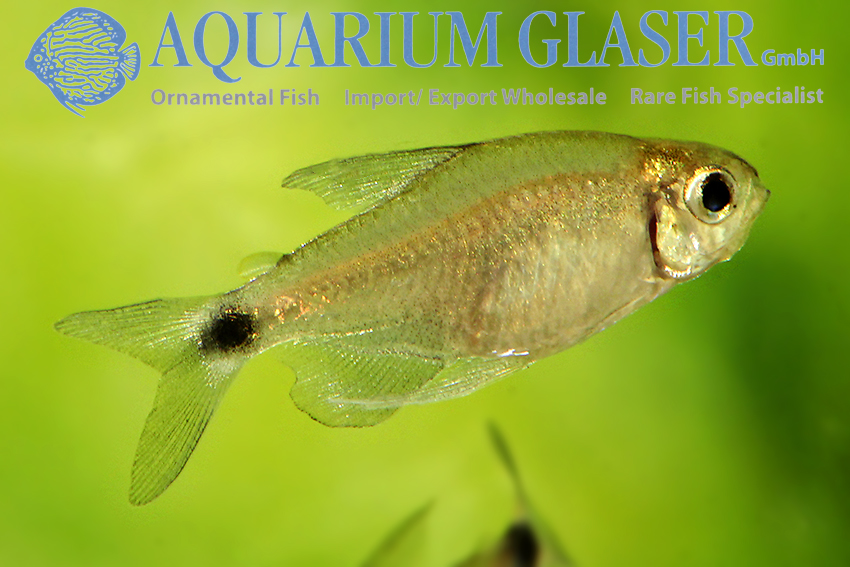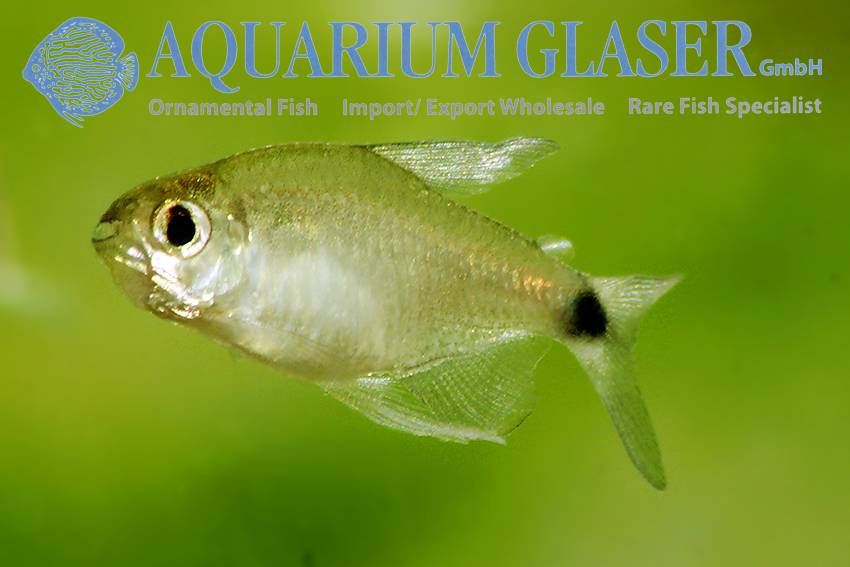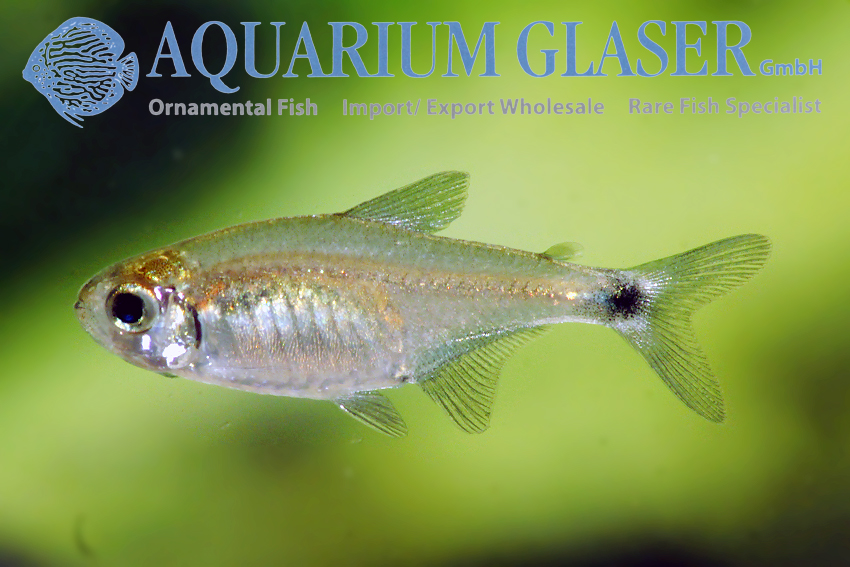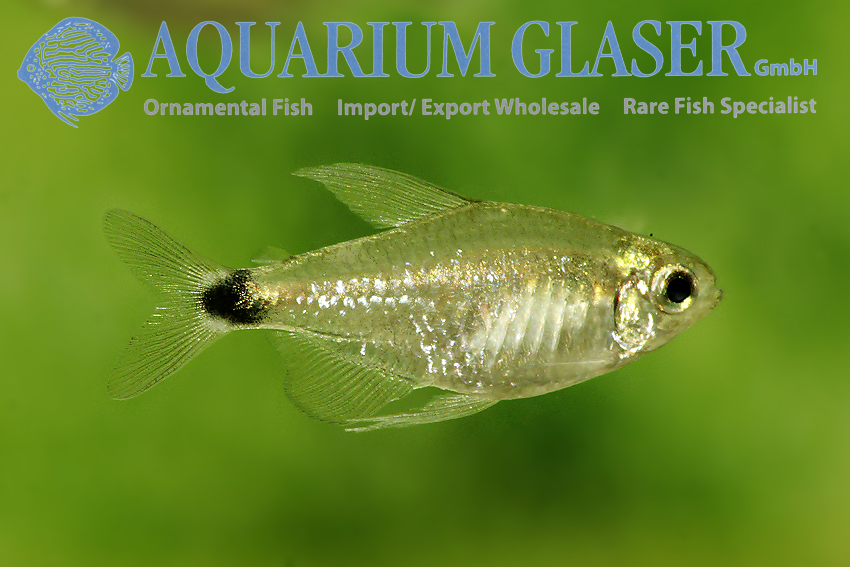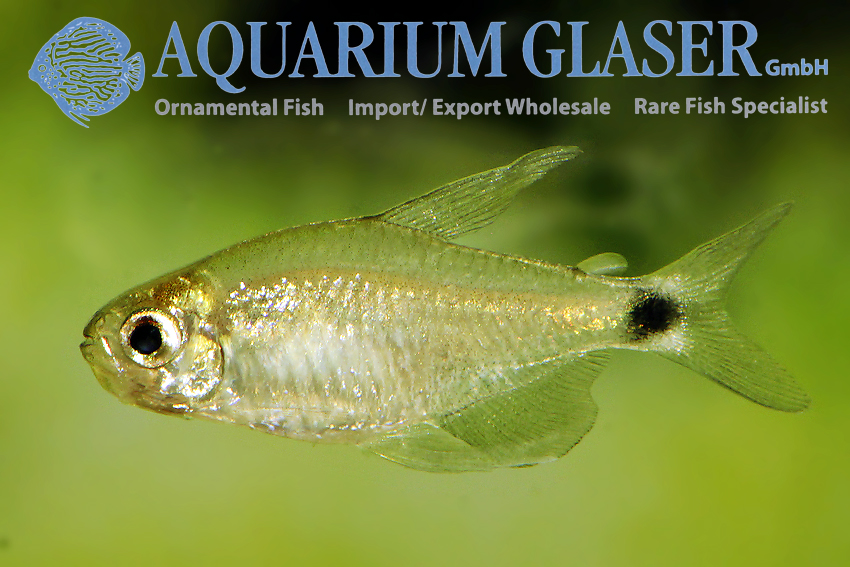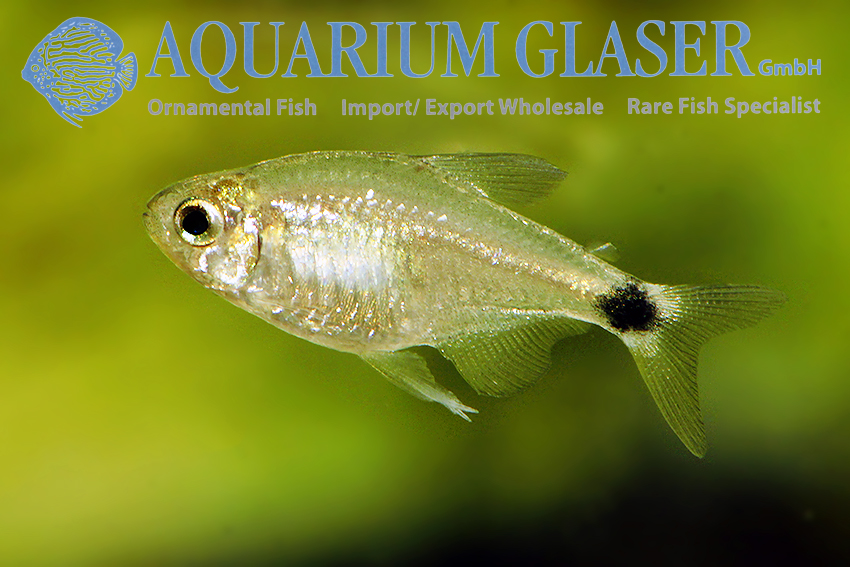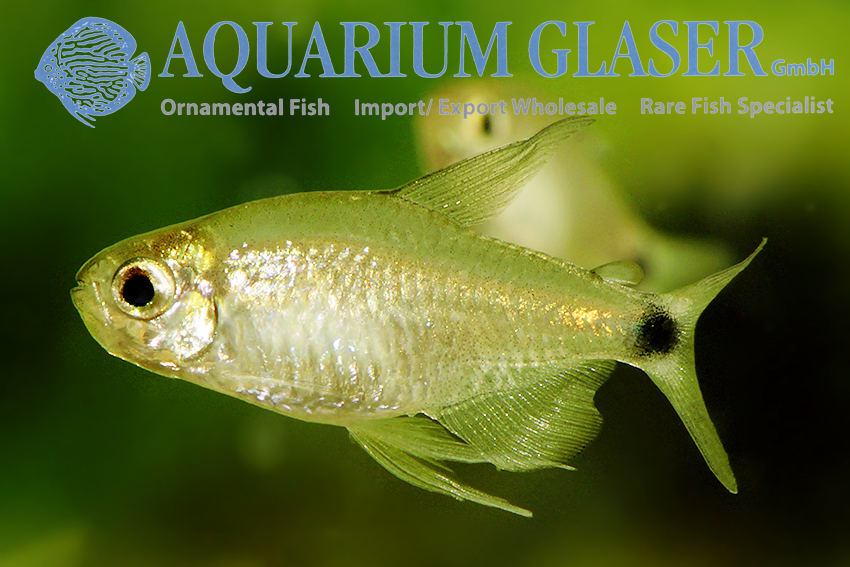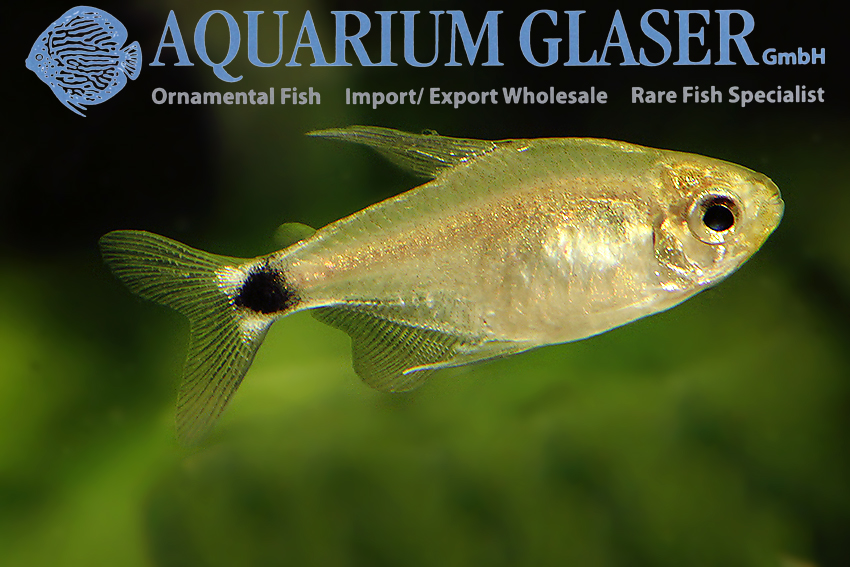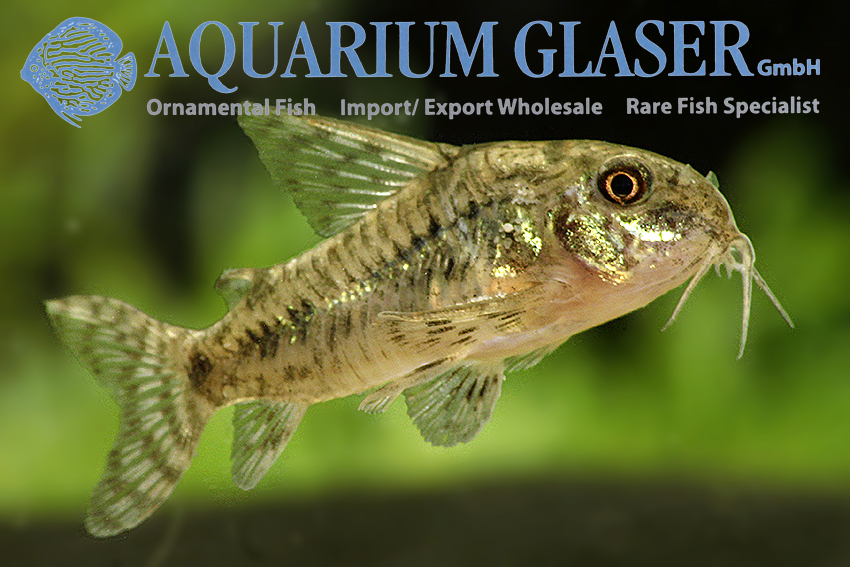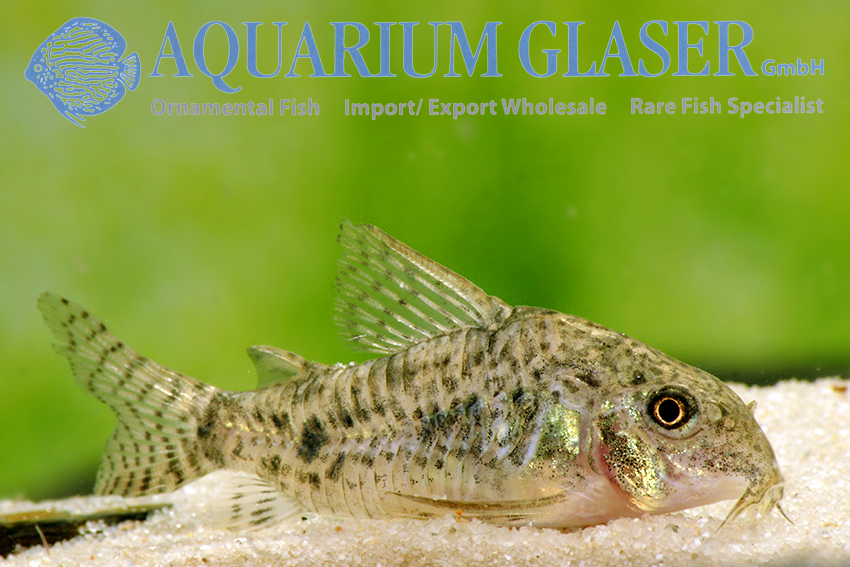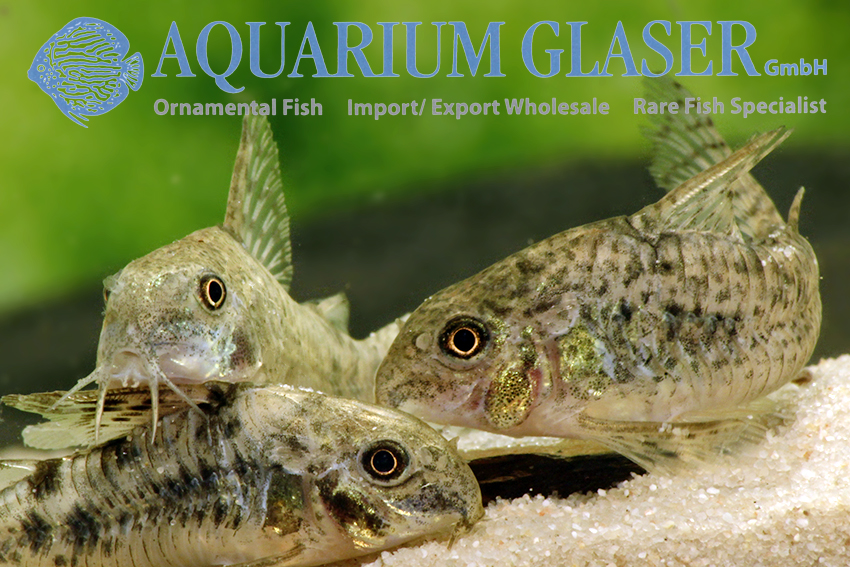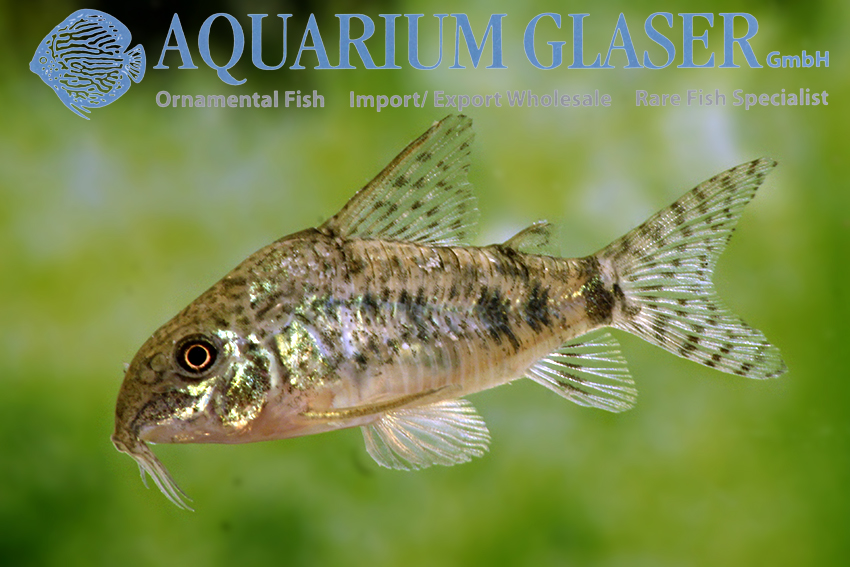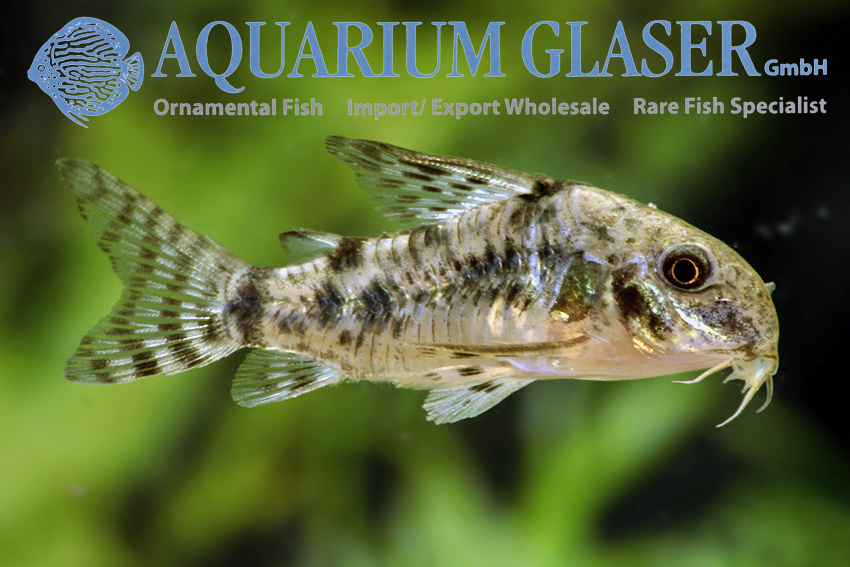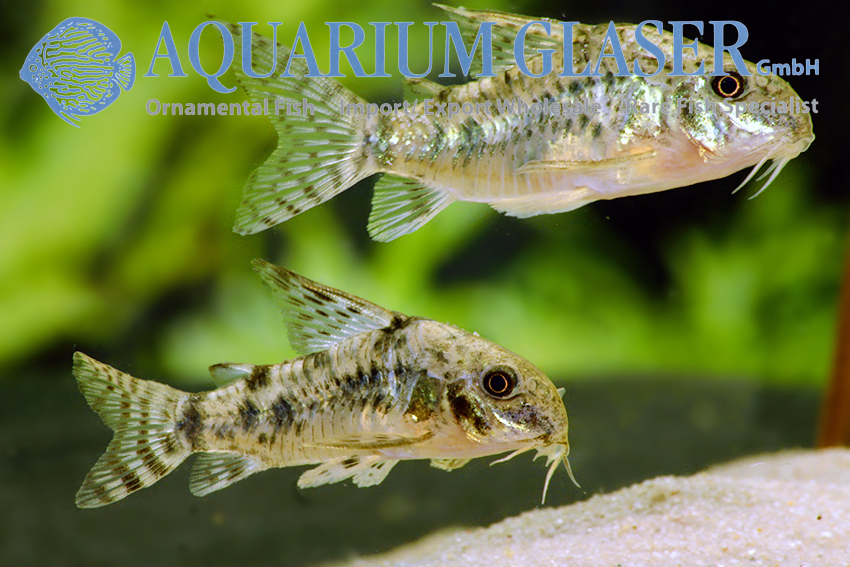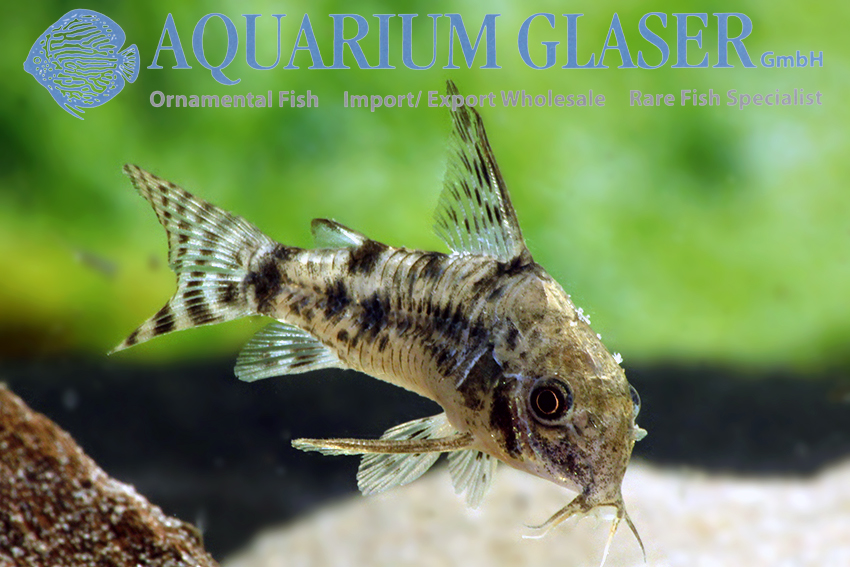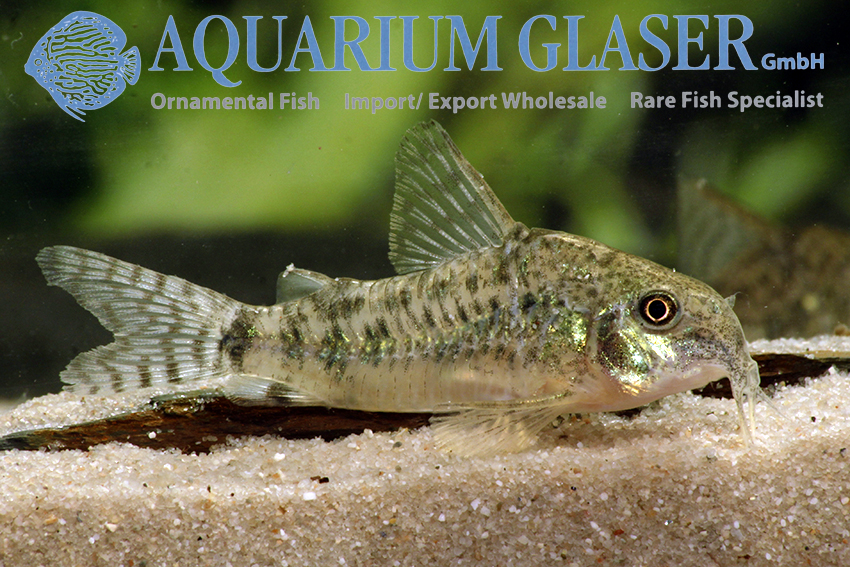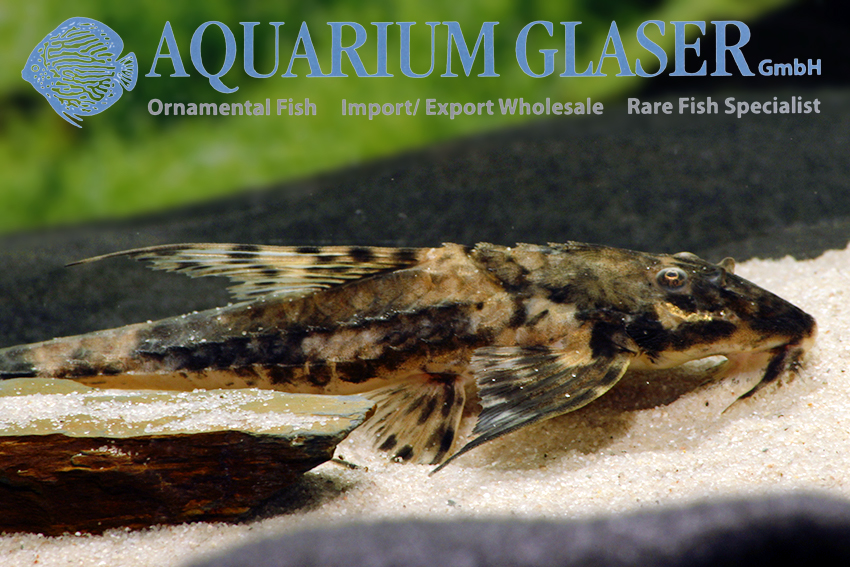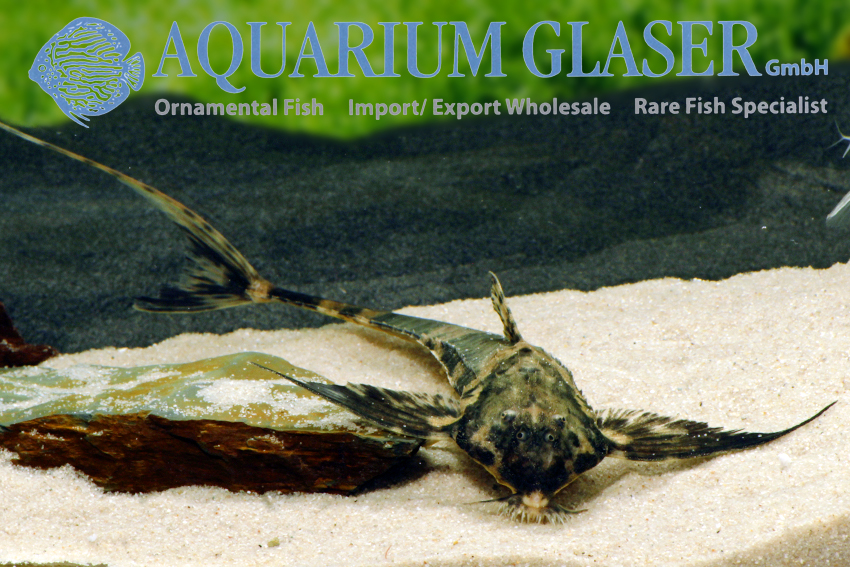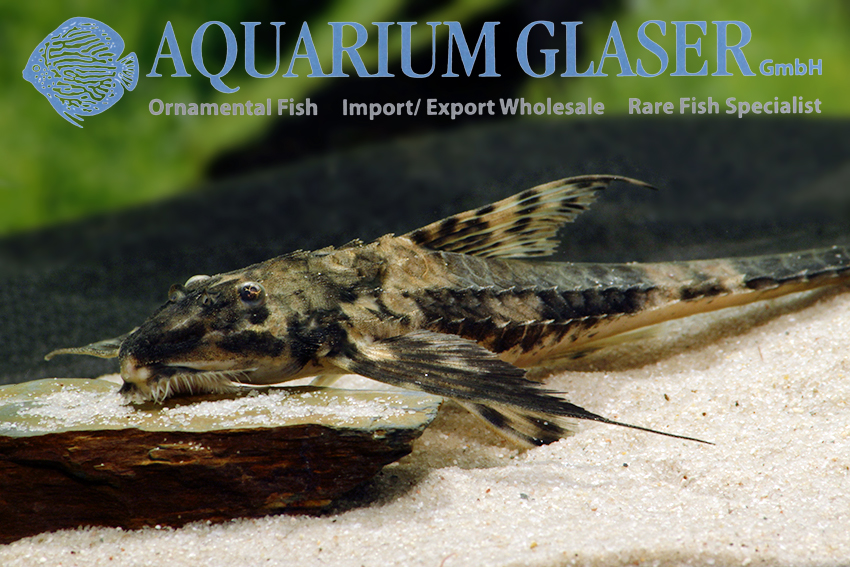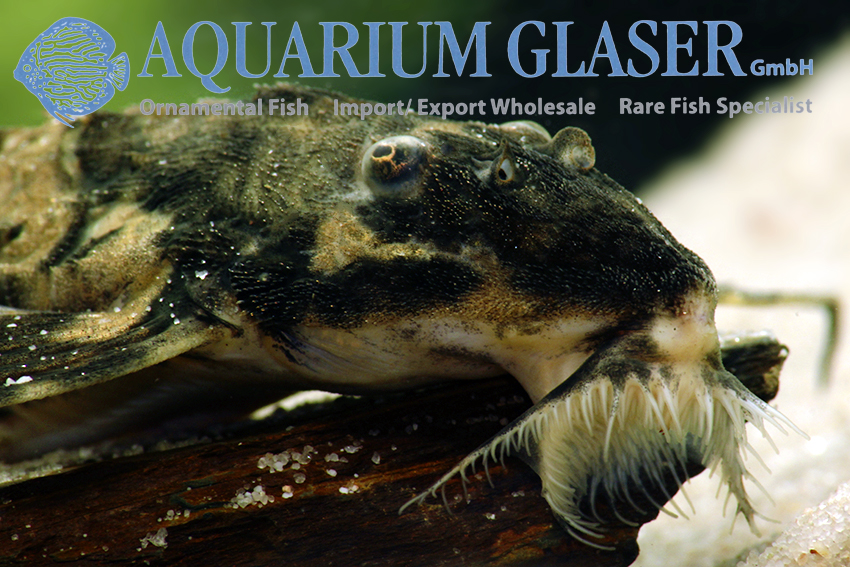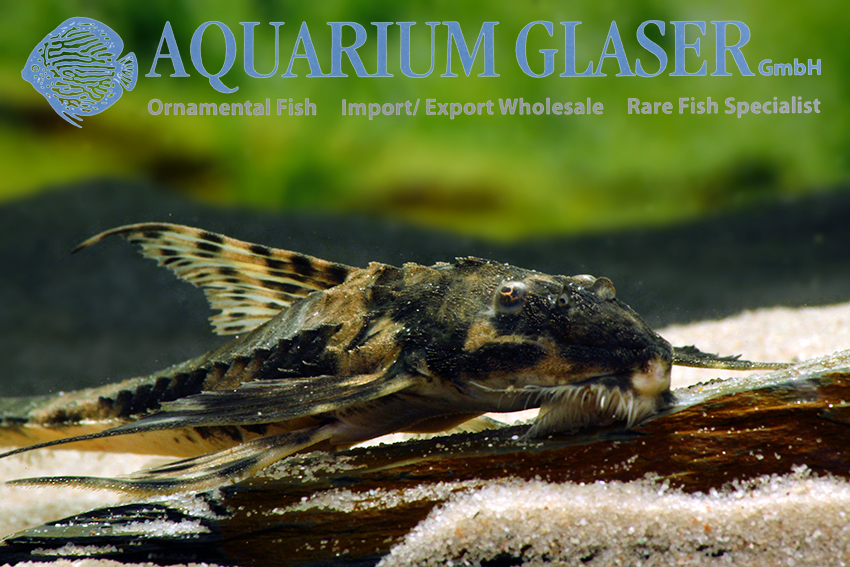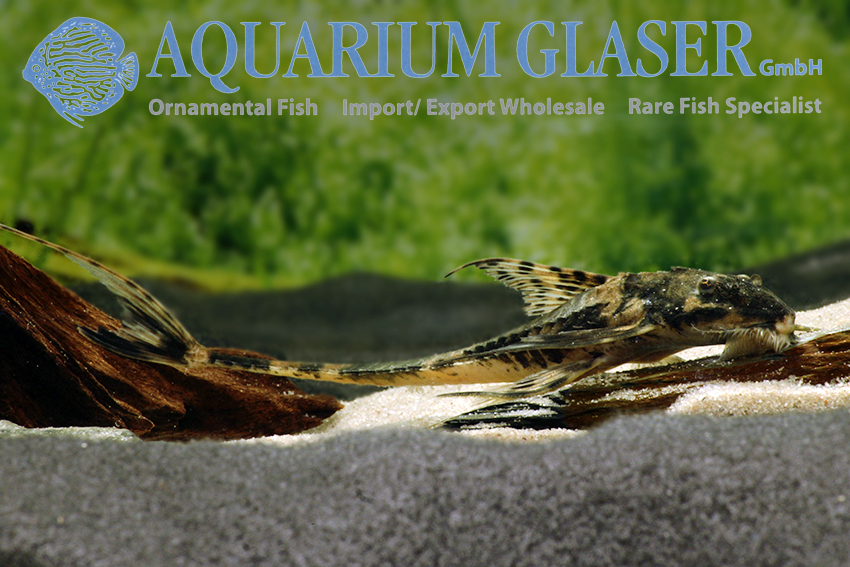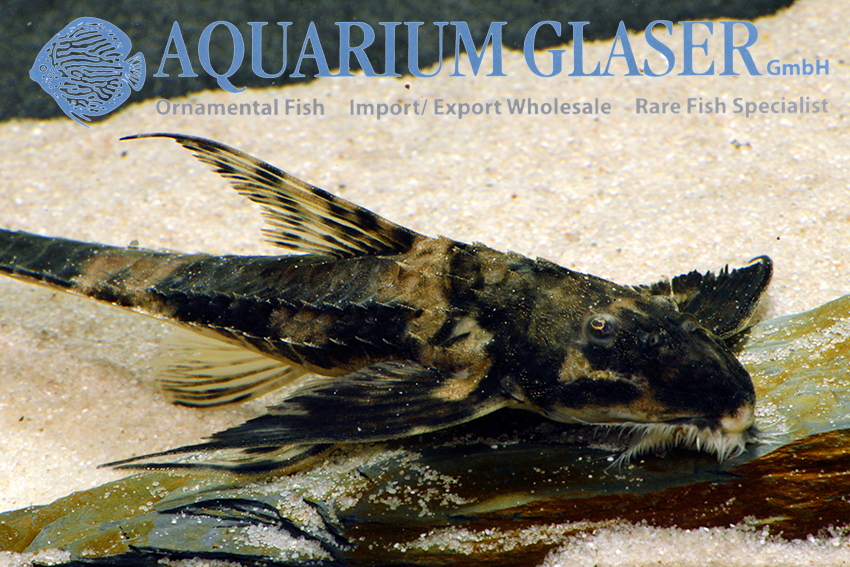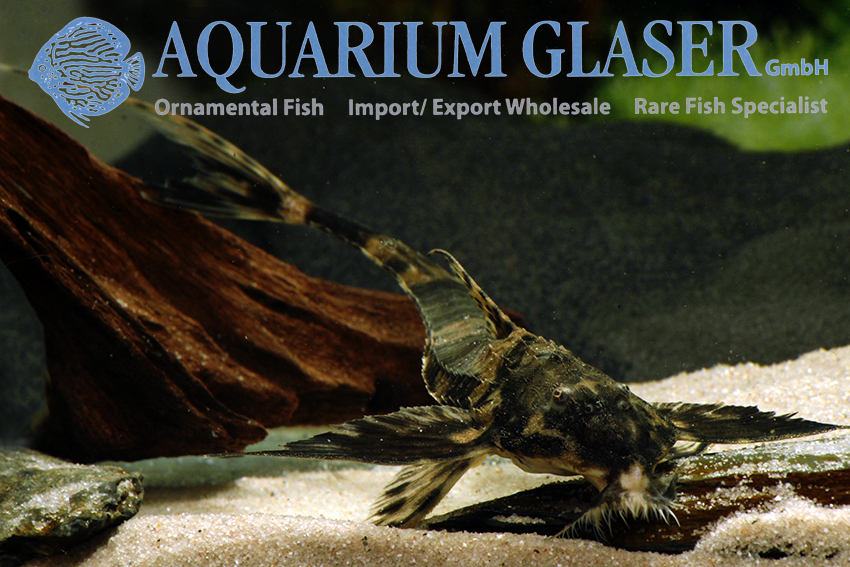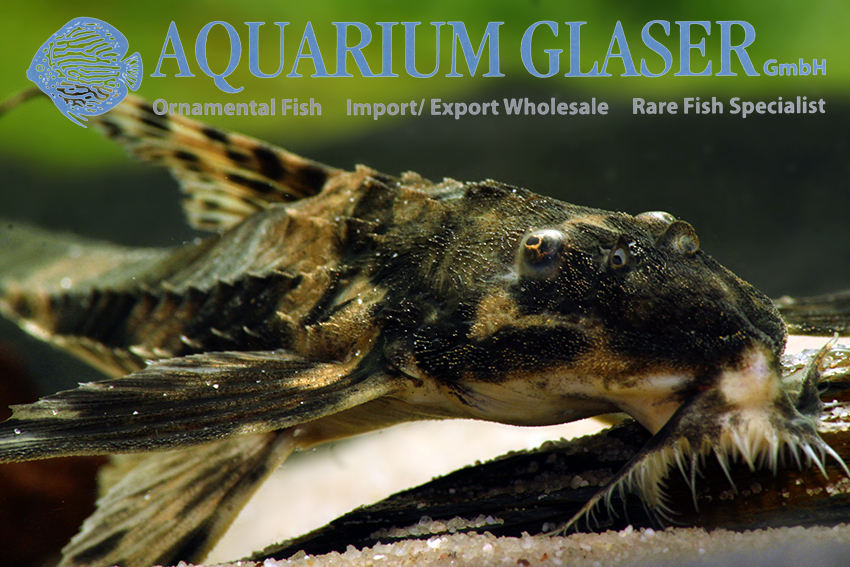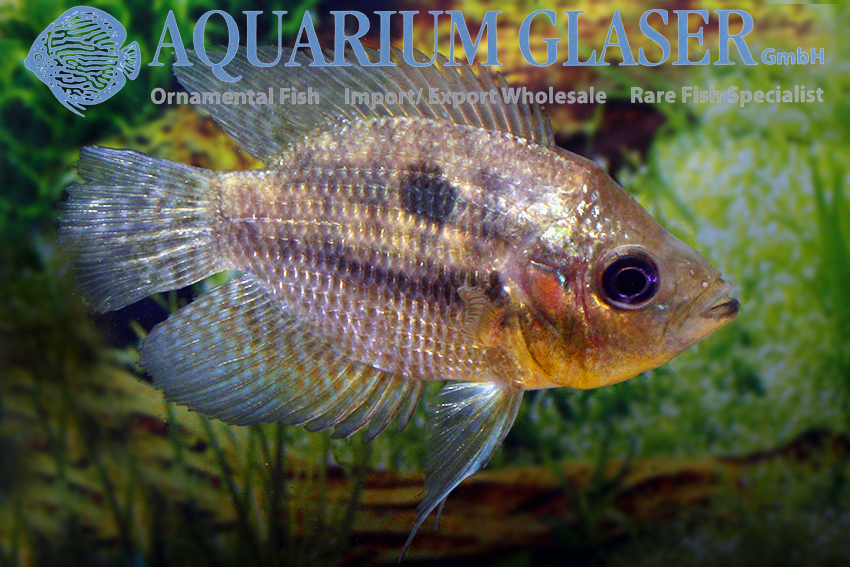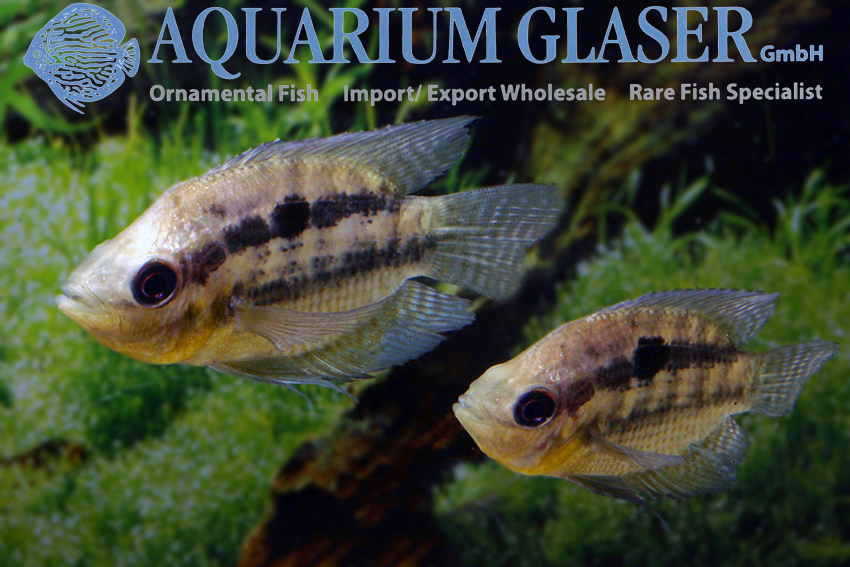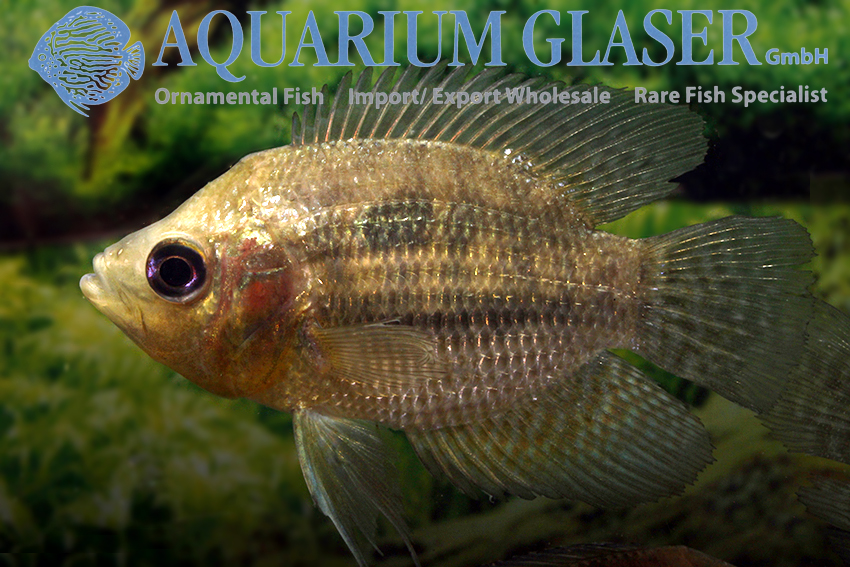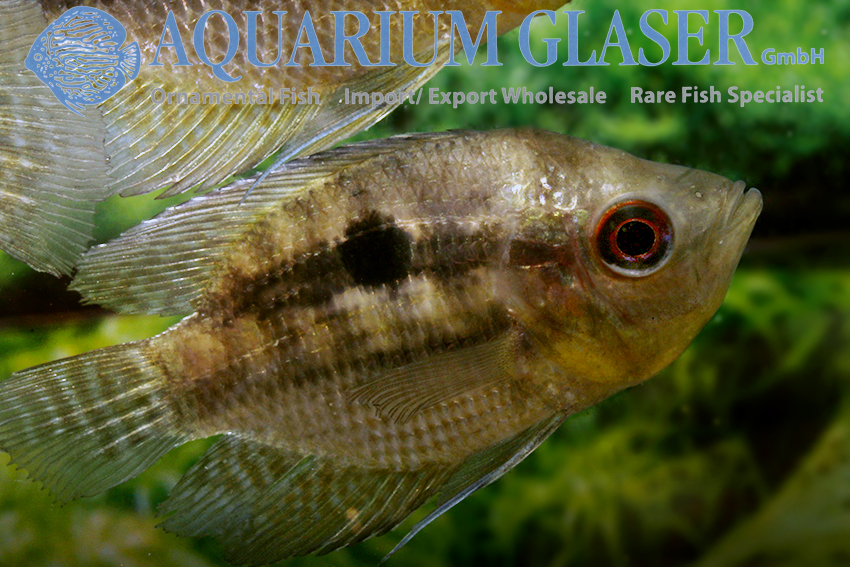From Paraguay wonderful, partly very large sturgeon catfishes (Sturisoma) are imported. Two Sturisoma species are known from the Rio Paraguay: S. barbatum, described already in 1853 by Kner, and S. robustum, described in 1904 by Regan. The two species differ from each other only insignificantly.
The most important anatomical feature distinguishing the two species is the structure of the nuchal and anterior dorsal shields. In S. barbatum, they consist essentially of three massive bone claspers (plus two smaller bone plates), whereas in S. robustum they consist of 17 bone plates.
S. barbatum is said to have much longer extended fin filaments than S. robustum. Today, however, we know that such fin filaments can be very differently pronounced both ontogenetically and individually and are not very suitable for species differentiation. If one looks at the illustrations attached to the original descriptions, it is also noticeable that S. barbatum (a male is shown) appears altogether more slender, the species name “robustum” is well chosen by Regan (a female is shown with him). In living specimens from Paraguay one sees very well that the males correspond better to S. barbatum, the females better to S. robustum. Possibly, therefore, S. barbatum and S. robustum are synonyms of each other. In that case S. barbatum would be the valid, because older name.
Our currently (2021/22) imported animals correspond to S. barbatum regarding the nuchal and anterior dorsal shields, as you can see well on the photos.
Sturgeon Catfishes are fantastic aquarium fishes that can grow up to 28 in length and require appropriately large aquariums. Males are easily recognized by their distinctive whiskers during the breeding season, but even outside of the spawning season it is not difficult to distinguish between the sexes, as can be easily seen in the photos. The diet is varied with a clear emphasis on plant foods.
With fish from Paraguay it is generally to be noted that the water temperatures there fluctuate seasonally and are quite low in the winter there. After successful acclimation the fish should be adapted to our seasons and kept at 24-26°C in summer and 16-18°C in winter. Then they usually breed willingly. They like to spawn at the front glass of the aquarium, the male guards spawn and newly hatched young. For the rearing of the young fish it is inevitable to feed excrements of the parents, because they need the bacteria and fungi (endosymbionts) living in the intestine to be able to digest plant food. If this is not observed, the young animals starve to death after the change from meat food (Artemia nauplii etc.), which they need as initial food, to plant food in spite of a full stomach.
For our customers: the animals have code 294805 on our stock list. Please note that we only supply wholesale.
Text & Photos: Frank Schäfer





